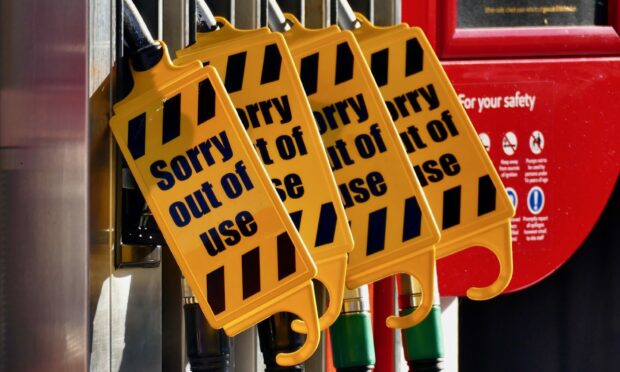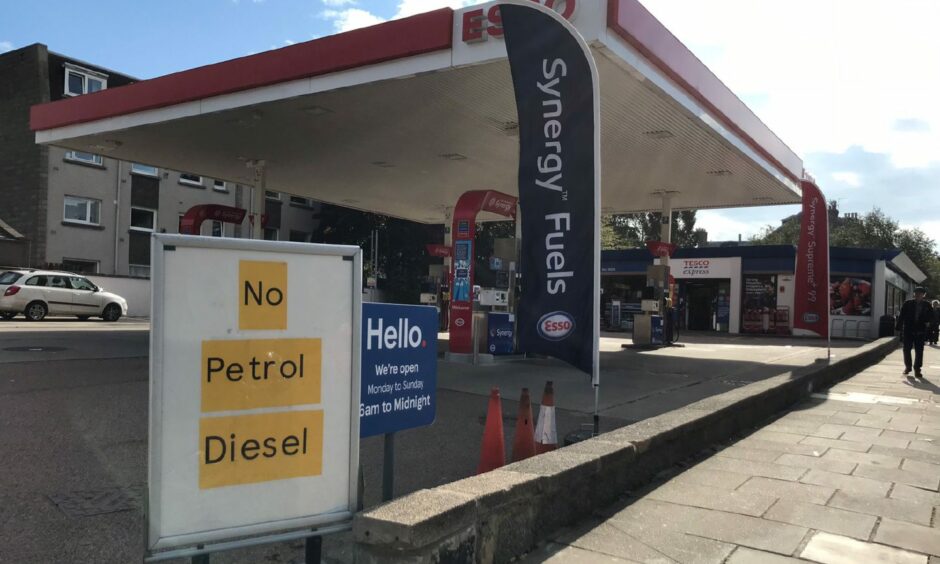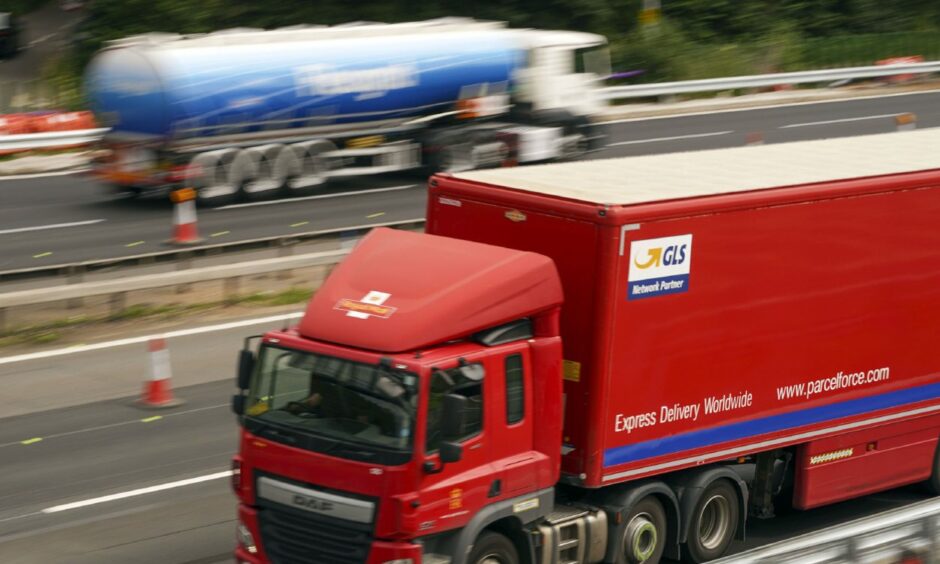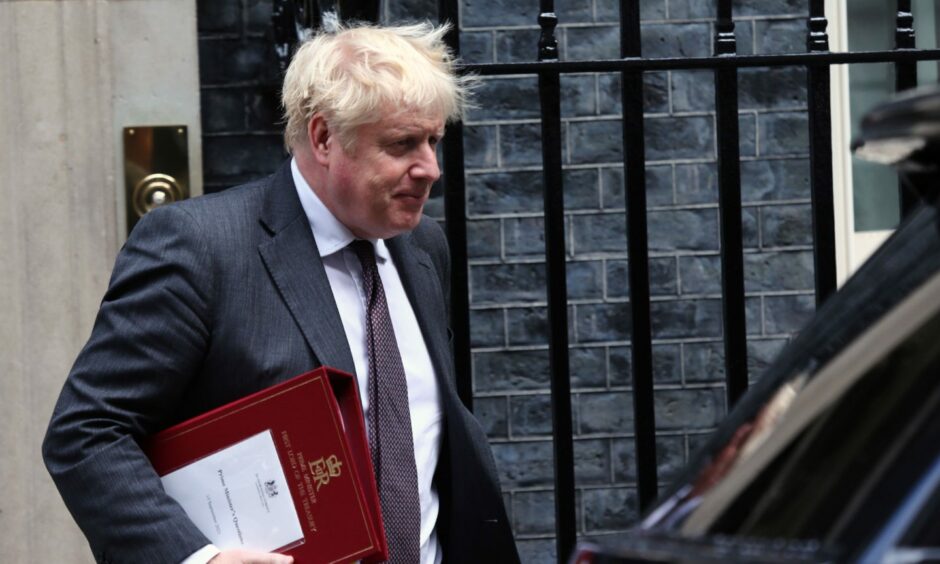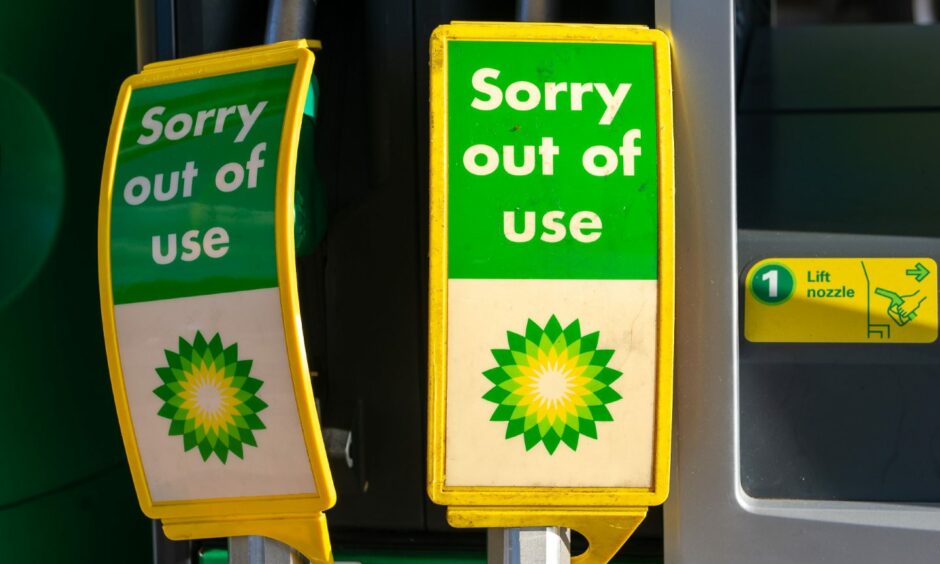Queues are forming at petrol stations the length and breadth of the UK as drivers rush to buy fuel amid concerns over shortages.
The crisis is the latest facing Boris Johnson on top of problems in the food industry and rising gas prices, with fears the UK could be facing a new “winter of discontent”.
But what is causing some filling stations to close and is the government doing anything to tackle the problem?
What is causing the UK fuel crisis?
The shortages are not due to a lack of petrol but a lack of HGV drivers that is hitting supply chains across the country.
Long queues started appearing at petrol stations up and down the country on Friday, amid concerns the shortage of lorry drivers could impact upon BP’s ability to keep up with fuel deliveries.
Transport Secretary Grant Shapps previously said the queues and closures at fuel stations were a “manufactured situation” created by the Road Haulage Association (RHA) leaking comments from BP bosses about supply concerns.
A statement by Shell, ExxonMobile and other industry bodies released on Monday insisted there was no “national shortage of fuel” and that the pressures on supply were the result of “temporary spikes in customer demand”.
The government has also blamed the crisis on drivers filling up when they do not need to, rather than a shortage of fuel.
UK Environment Secretary George Eustice called on motorists to stop “panic buying” petrol and return to their normal pattern of purchasing.
Deputy First Minister John Swinney said Scotland has an adequate petrol supply to meet normal purchasing patterns.
But he acknowledged that if there is an increased demand for fuel then that will “put pressure” on distribution companies to meet that demand.
How bad are the HGV driver shortages?
The shortage of HGV drivers is a consequence of Covid-19 and Brexit, with a current gap of more than 100,000 drivers in the UK.
This includes around 25,000 drivers from EU member states who were living and working in the UK but left in 2020.
In part this is down to Brexit as when the UK was part of the single market, drivers were able to travel back and forth to Europe with ease.
The additional red tape after Brexit meant for many it was too much hassle for them to drive into and out of the UK.
The pandemic has also played its part by creating a large backlog of around 40,000 drivers waiting to take their HGV tests.
What is being done to tackle the shortage of drivers?
The UK Government announced on Sunday that it will temporarily suspend competition law to allow oil companies to share information to deliver fuel to petrol stations running low.
The move came after the prime minister said the government was creating 5,000 three-month visas for foreign lorry drivers in an attempt to ease the pressure on hauliers.
Speaking on Monday, Deputy First Minister John Swinney said the move does not go far enough to tackle labour shortages caused by Brexit in a number of sectors.
There were also reports Mr Johnson was considering sending in troops to deliver fuel to petrol stations.
Downing Street said on Monday that the government was monitoring the situation on a daily basis but there were currently no plans to use the military in this way.
Tonight I activated the Downstream Oil Protocol which temporarily exempts the fuel industry from competition laws so we can optimise supply
It’ll now be easier for companies to share information and prioritise the delivery of fuel to areas most in needhttps://t.co/w3zV4CGpLC
— Kwasi Kwarteng (@KwasiKwarteng) September 26, 2021
However, Environment Secretary George Eustice said Ministry of Defence trainers are being brought in to accelerate some of the HGV training to “clear a backlog of people who want to carry out those tests”.
The government is also writing to nearly one million drivers who hold an HGV licence to encourage them to return to the industry.
What is the fuel industry saying?
The Petrol Retailers Association (PRA) blamed the shortages on last week’s leak of concerns by BP about some shortages of tanker drivers.
PRA chairman Brian Madderson said stations which had ran out of fuel were being re-stocked but the number of deliveries they were receiving were less than usual.
He said ultimately the solution lay in the hands of motorists and that if customers start buying “normal quantities” of fuel then the situation could see “some return to normality” by the end of this week.
The organisation has warned that as many as two-thirds of its membership of nearly 5,500 independent outlets are out of fuel, with the rest of them “partly dry and running out soon”.
There are more than 8,000 filling stations across the UK.
